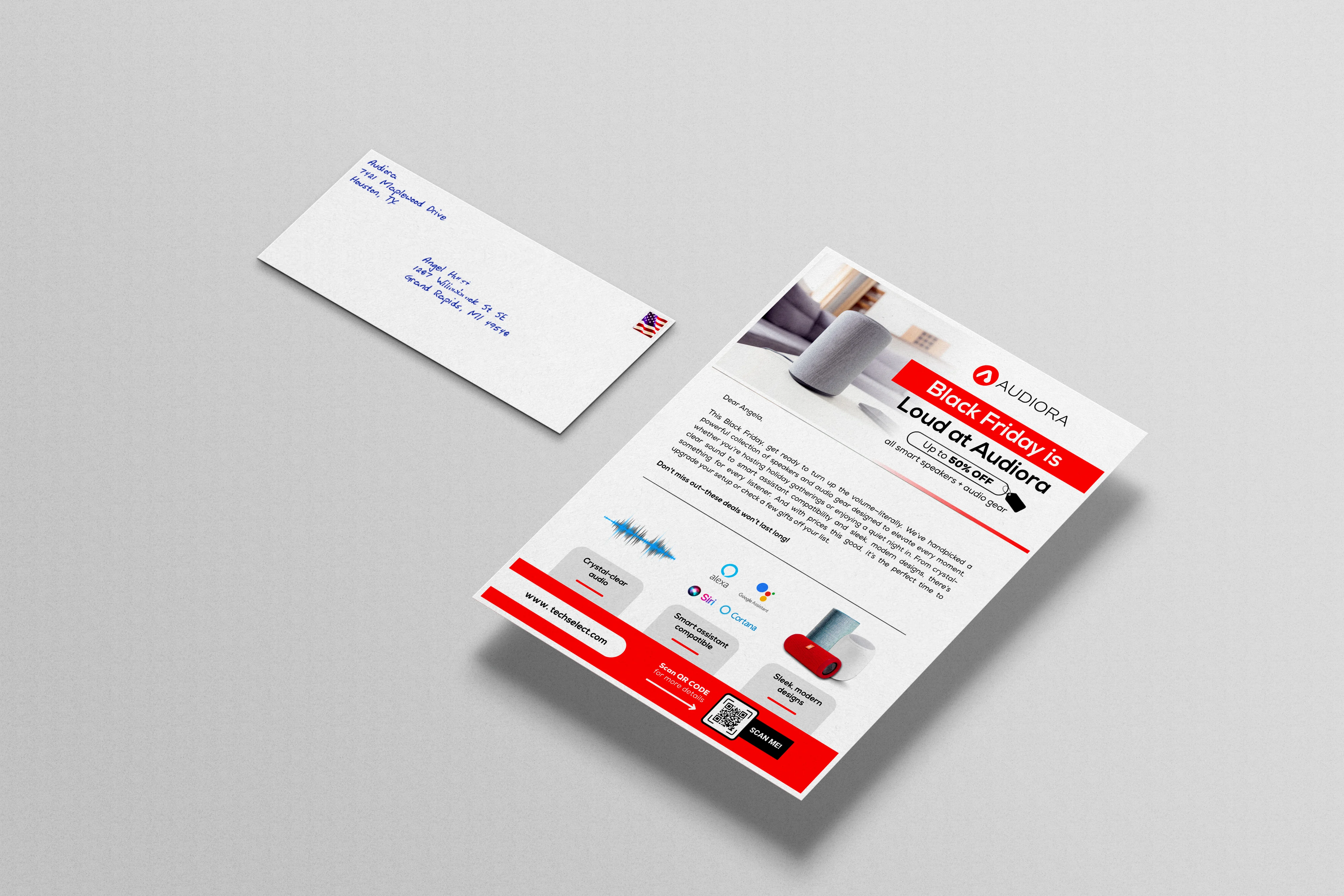Mover Mail lets ecommerce marketers reach people right after they move into a new area. It runs in real time, needs no list uploads, and delivers personalized pieces that feel local and human. Use it to welcome new residents, drive first purchases online or in store, and build long-term loyalty.
Intended audience
- Ecommerce brands with online and/or offline presence (retail stores, pop-ups, hybrid DTC).
- Marketing ops and lifecycle teams using Shopify, Klaviyo, or HubSpot.
Strategic objective
- Acquisition: Convert new residents with timely, relevant offers.
- Awareness to loyalty: Make a strong first impression and nurture repeat purchases.
Why this works
- Perfect timing: Moving resets shopping habits. New residents are open to new brands.
- Always on: Movers flow in continuously. Your outreach stays consistent without extra work.
- Personal and local: Handwritten pieces and neighborhood details lift response and brand affinity.
- Measurable: Codes, QR, and platform integrations make ROI clear.
Core levers to set up (at a glance)
- Service area: Map by radius or custom polygon around your stores or target ZIPs.
- Audience filters: Mover type, property type, and move-in timing with an optional lookback.
- Touches: One-touch welcome or a follow-up send in 3 to 6 weeks.
- Volume control: Use a target cap to pace spend while you learn.
This playbook covers strategy. For click-by-click setup, use the Mover Mail setup guide in your Help Center.
Messaging and creative guidance
Tone: Friendly, welcoming, useful, community-oriented.
Themes to lean on
- “Welcome to the neighborhood.”
- “Here’s a gift to get settled.”
- “Local favorite picks for your new place.”
Creative tips
- Favor handwritten cards in handwritten envelopes for a premium, personal feel.
- Reference the neighborhood or nearest store.
- Keep one clear CTA: Shop in store or Shop online.
- Use a short product checklist or bundle suggestion to reduce choice friction.
Core strategies and examples
1) Drive foot traffic with a personalized welcome offer
Example: Jewelry brand with two retail stores.
Send a handwritten “Welcome to the neighborhood” card offering 30% off a first in-store purchase. Put it in a handwritten envelope for higher open rates.
Why it works: Feels local and human. Converts first visits you can track.
How to track: Store-specific coupon codes, cashier prompt, or QR to a store landing page.
Pro tip: Handwritten consistently outperforms printed for first-touch welcomes. It turns automation into a personal moment.
2) Build awareness with lifestyle-fit campaigns
Example: Ski apparel brand targeting mountain-town movers.
Trigger “Welcome to your new adventure” when someone moves into ski-region ZIPs. Feature seasonal must-haves and link to your online store.
Why it works: Relevance by climate and lifestyle. No store required.
Pro tip: Use storytelling when you are building brand preference, not discounting.
3) New-home setup bundles for high-AOV categories
Examples: Furniture, bedding, cookware, home fragrance.
Offer a “New Home Essentials” bundle or tiered discount. Include a QR to a pre-built collection page.
Why it works: Moving triggers big-ticket and multi-item purchases.
Pro tip: Feature two bundle sizes so shoppers self-select without analysis paralysis.
4) Consumables and subscriptions with reorder paths
Examples: Coffee, cleaning, pet supplies, vitamins.
Welcome movers with a handwritten card and a simple “first-bag” or “first-box” offer. Follow up in 4 weeks with a refill reminder.
Why it works: Early habit building increases LTV.
Pro tip: Add a short checklist like “Move-in must-haves” to increase basket size.
5) Local event, pop-up, or store launch invites
Examples: DTC apparel with seasonal pop-ups, CPG tasting events.
Invite movers within a 10-mile radius to a store event. Include map, date, and a check-in code for redemption.
Why it works: Creates an offline touch that drives social proof and UGC.
Pro tip: Use different event codes per location to measure which neighborhoods respond.
Best practices for execution
Targeting
- Anchor your polygon to actual store trade areas.
- Start with homeowners, then test renters if your category fits.
- Use a 30-day lookback at launch to capture early movers.
Timing
- Mail within 7 to 14 days of move-in.
- Add a second touch at week 4 with a different angle (checklist, bundle, event).
Offers
- Match margin to objective.
- Acquisition: first-purchase discount, welcome bundle, or free gift with minimum.
- Awareness: content or curation instead of pure discount.
- Keep redemption rules simple and legible.
Format
- Start with handwritten card in a handwritten envelope for maximum open and response.
- Use a clean QR to store locator, nearest store PDP, or bundle collection.
- Add a trackable phone number for call-in conversions.
Cadence and caps
- Set an initial monthly cap to control spend. Scale as ROAS stabilizes.
- Avoid over-mailing the same household within the first 60 days.
Advanced tips / pro plays
- Region-specific assortments
Map climate or lifestyle segments to assortments. Mountain towns get cold-weather picks, coastal ZIPs get sun and surf. - LTV-aware offers
Use lower discounts for categories with strong replenishment. Invest more on high-AOV, low-frequency categories. - Multi-touch sequencing
Welcome card in week 1, bundle or checklist in week 4, seasonal reminder in week 8. - Online to offline layering
Upload mover addresses to ad platforms as a custom audience. Run light social around in-home delivery. - Holdout testing
Reserve a small geographic holdout to measure incremental lift before scaling.
Templates you can adapt quickly
- Welcome to the neighborhood
Friendly greeting, nearest store mention, first-purchase offer, QR to store page. - New home essentials
Three to five curated products, bundle incentive, QR to collection. - Lifestyle fit
Headline tied to local climate or hobbies, short benefits, no discount if brand is premium. - Event invite
Date, time, map snippet, RSVP QR, check-in code at the door.
Measurement and attribution
Core metrics
- New customers acquired
- Conversion rate = Orders ÷ Mail recipients
- Average order value (AOV)
- Incremental revenue = New customers × AOV
- ROAS = Revenue ÷ Spend
- In-store redemptions and online code redemptions
Attribution setup
- Use unique coupon codes per store or region.
- Add QR with UTM to attribute online orders.
- Use a store-specific landing page for in-store shoppers.
- Compare geos or run small holdouts to prove lift.
Want help tailoring this to your product mix and store footprint? Book a quick walkthrough and we will map your first Mover Mail plan.


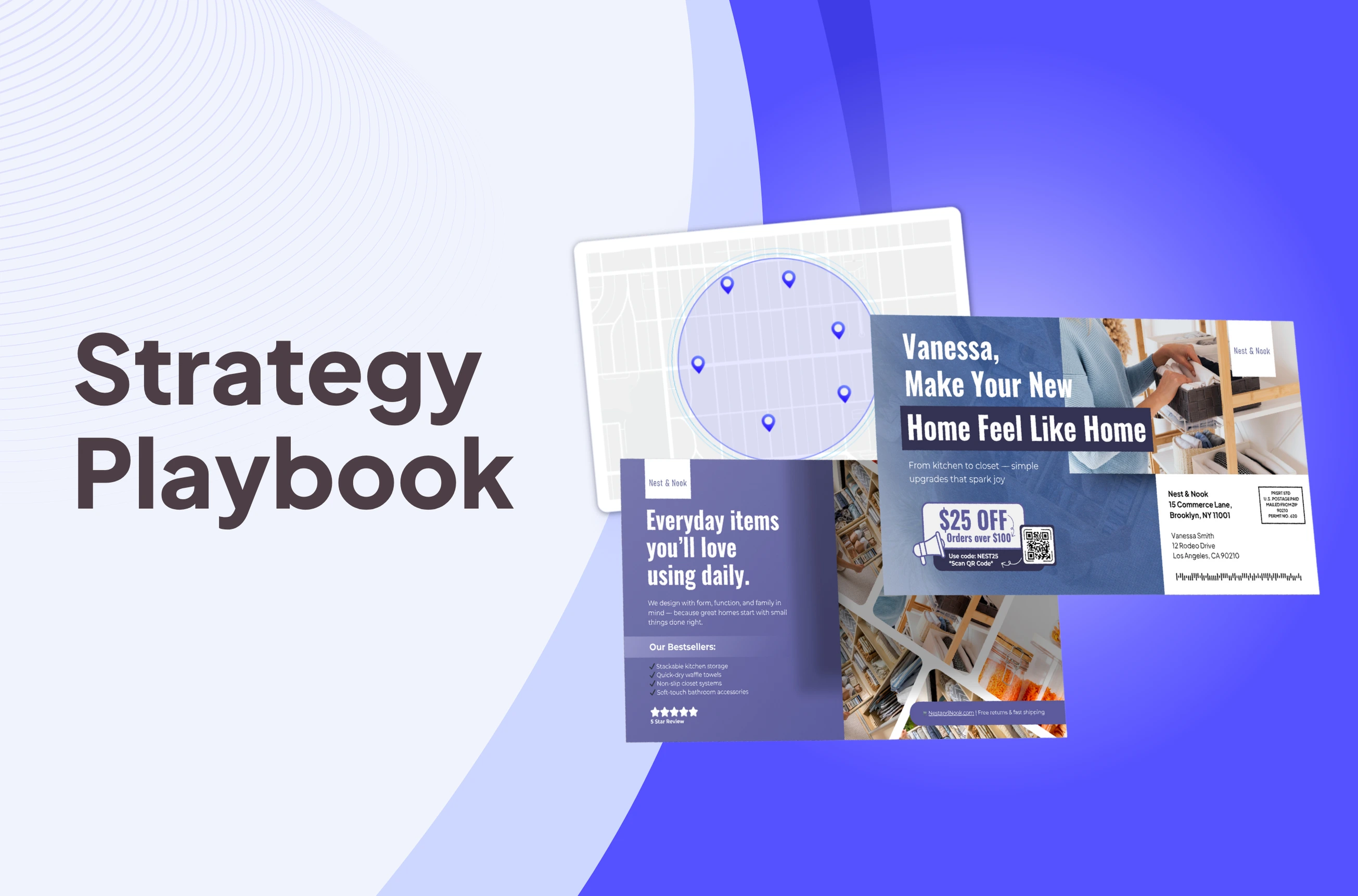



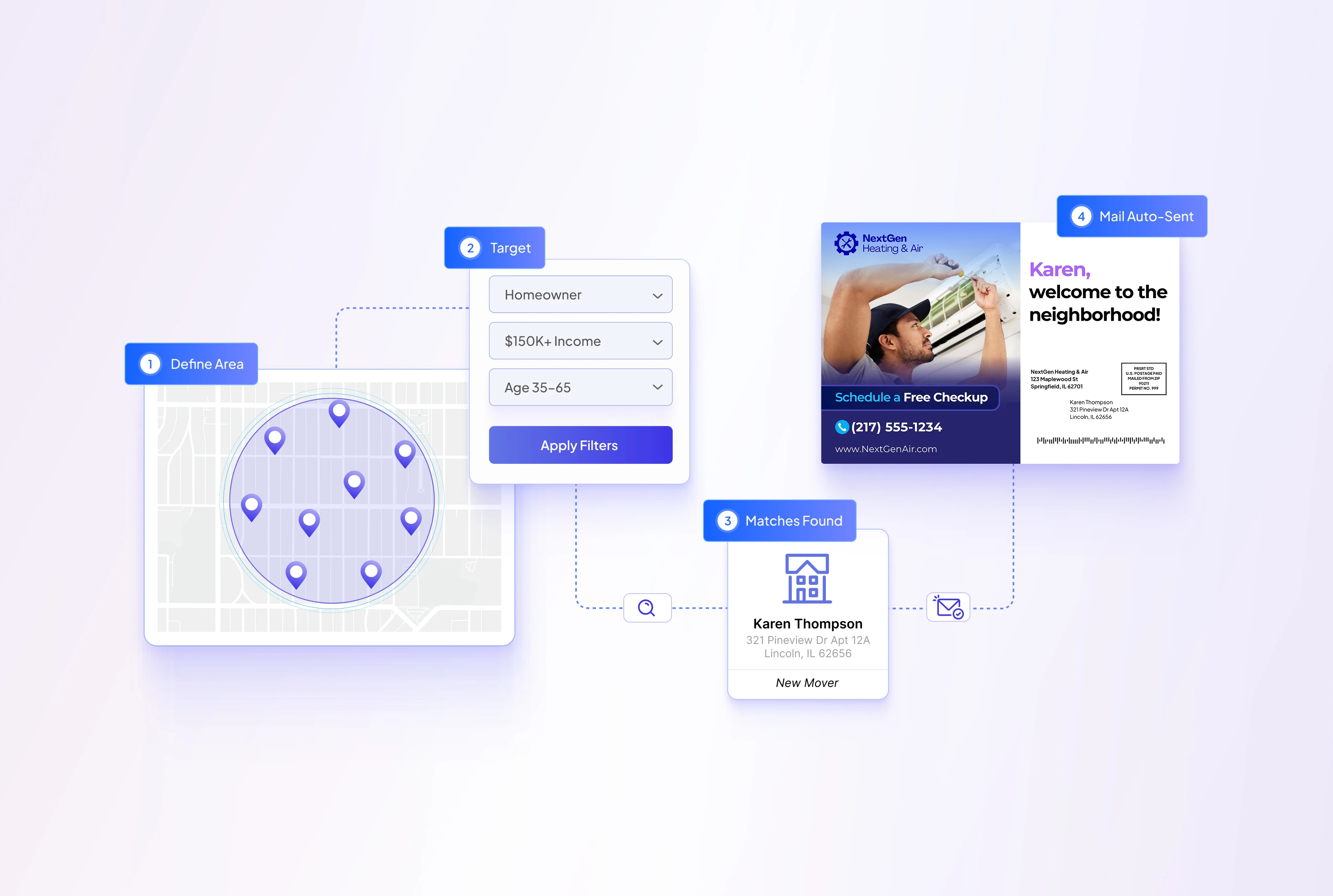
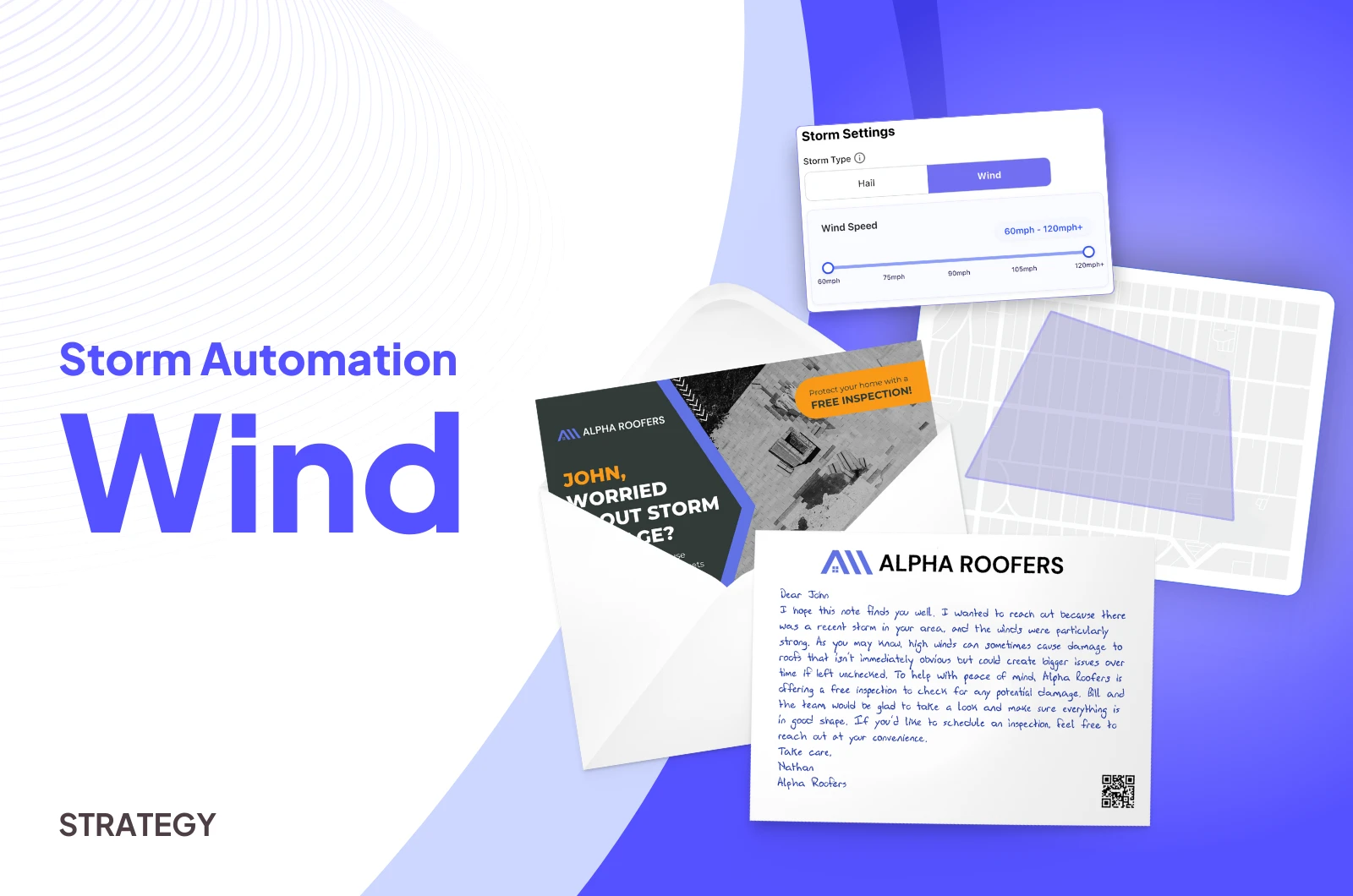

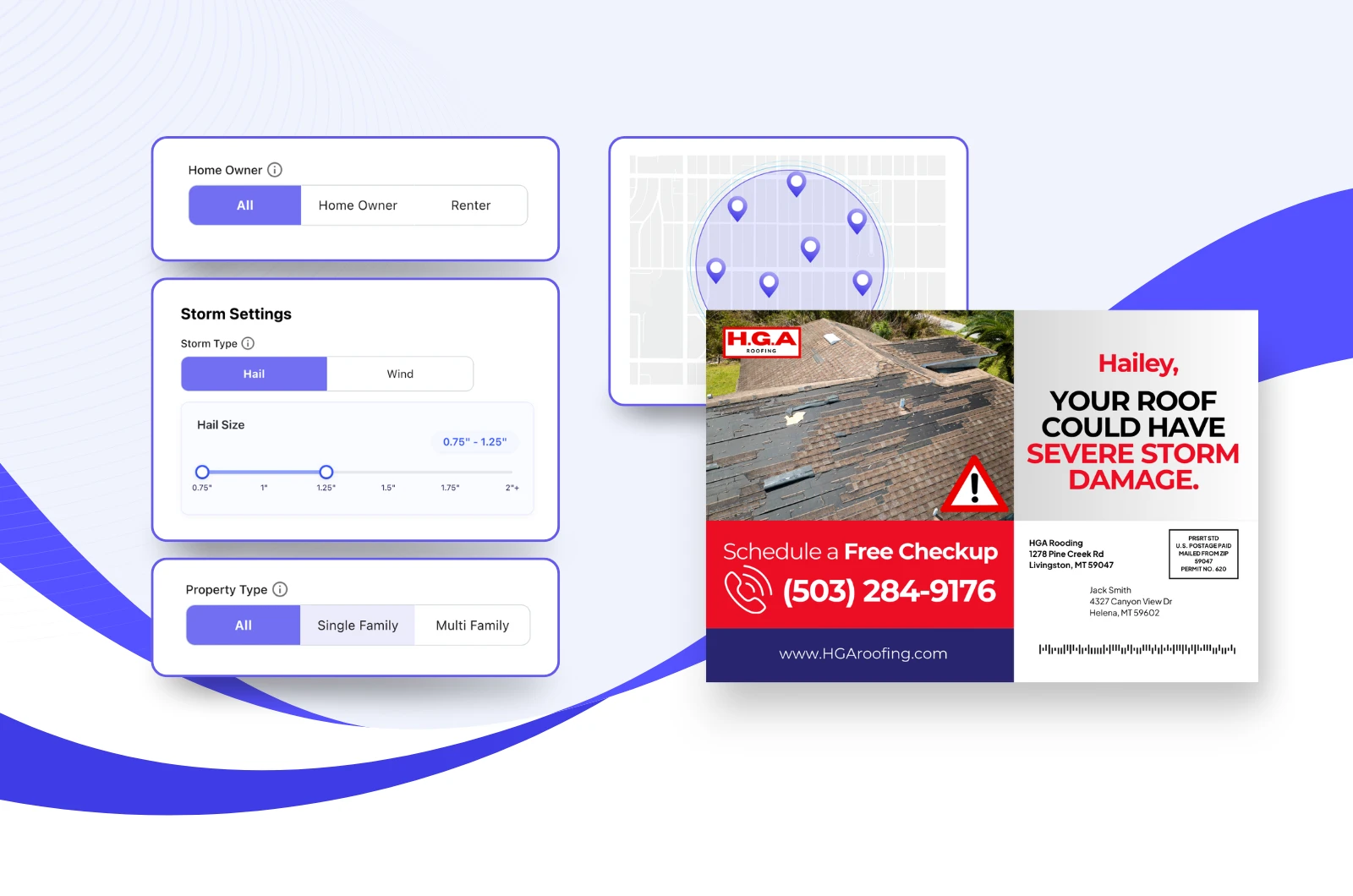

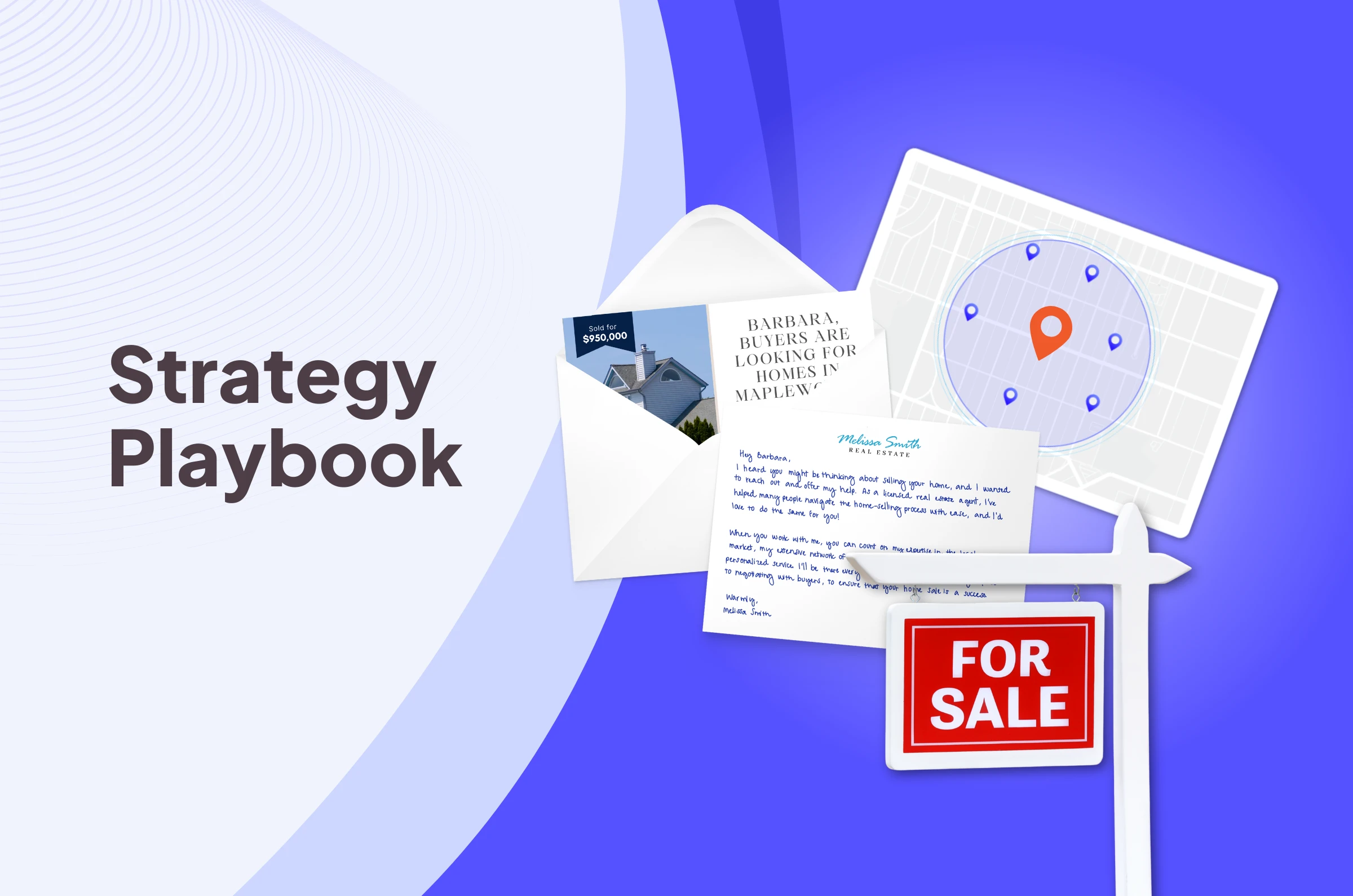
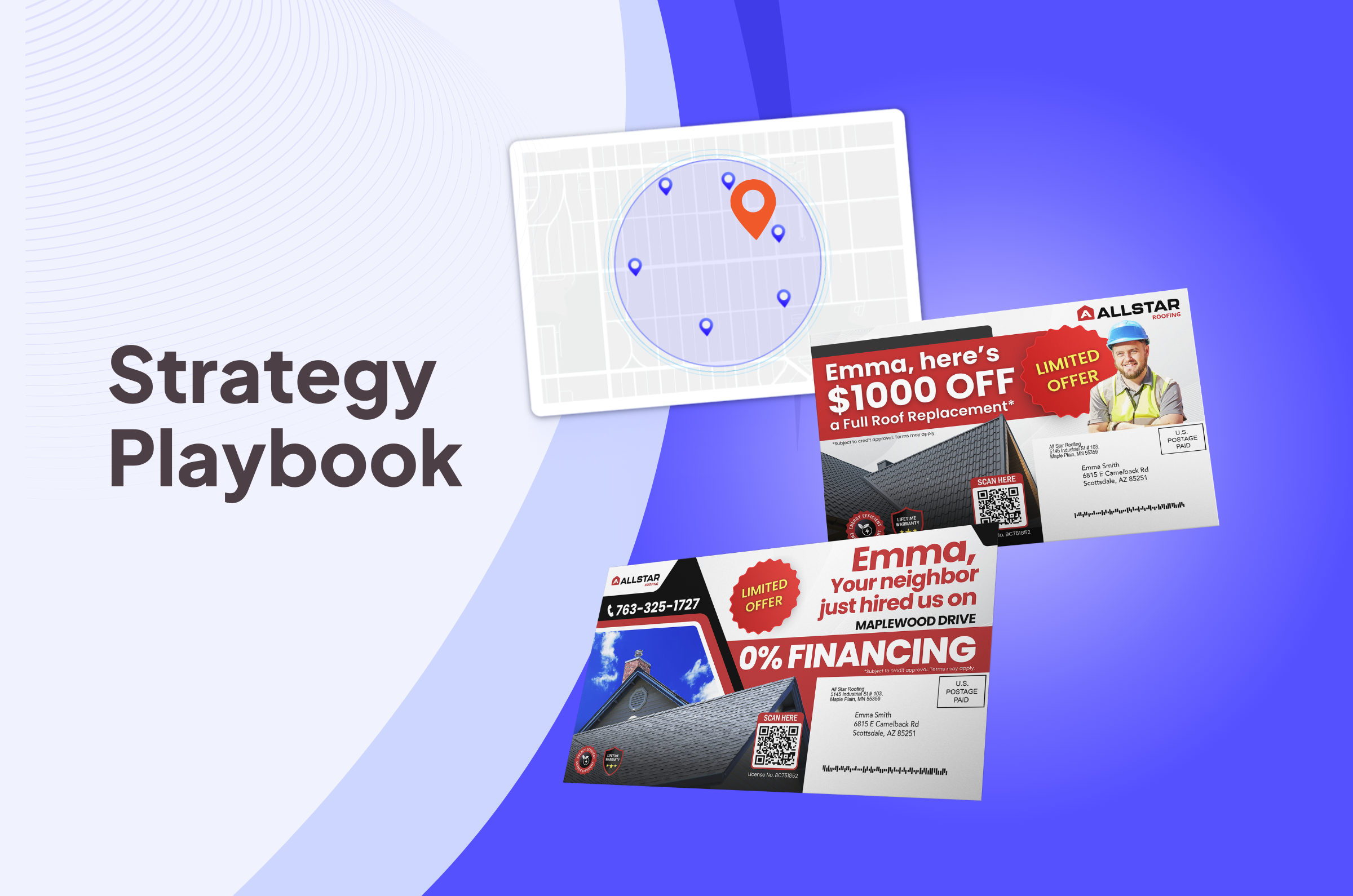
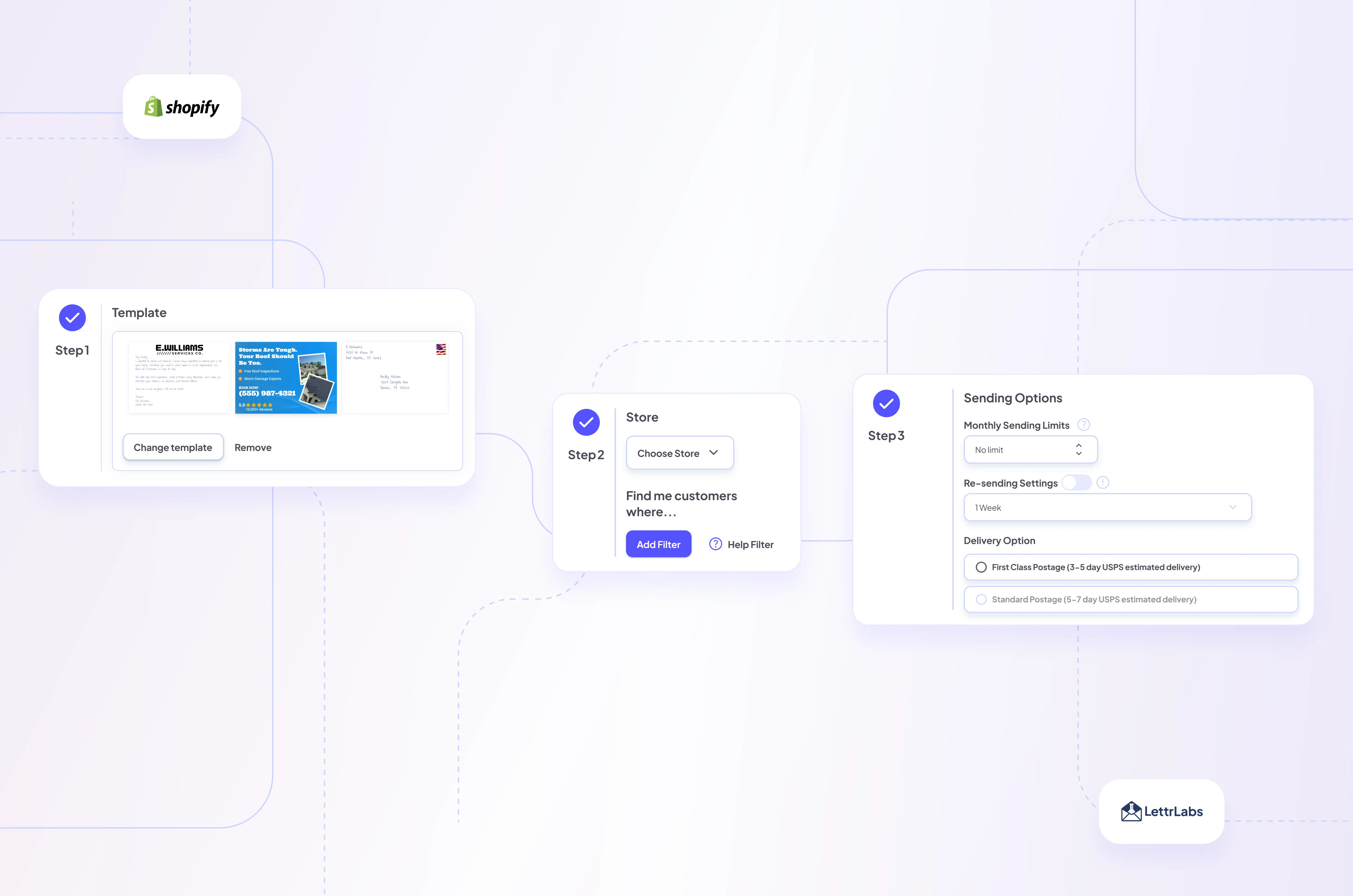

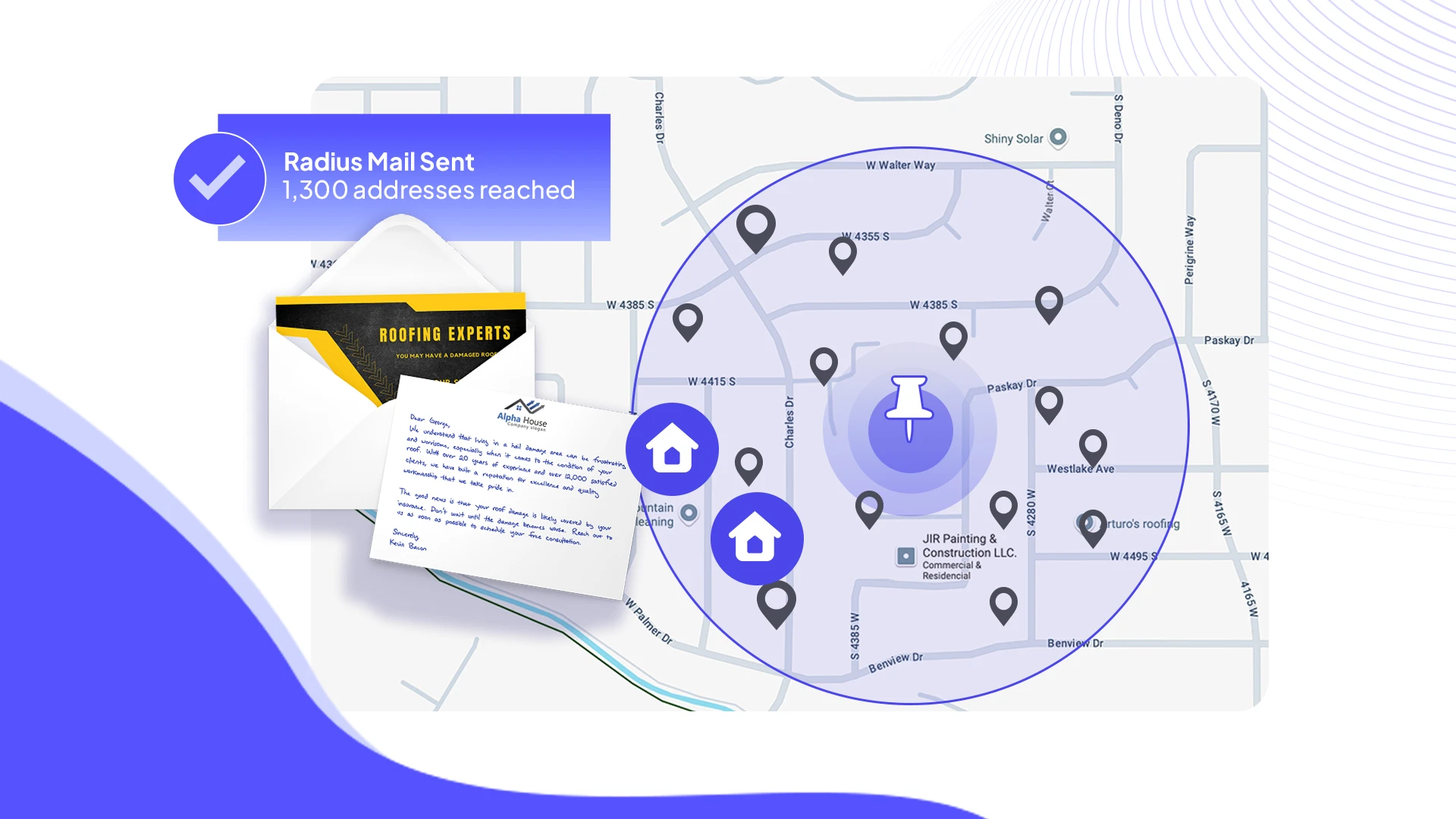
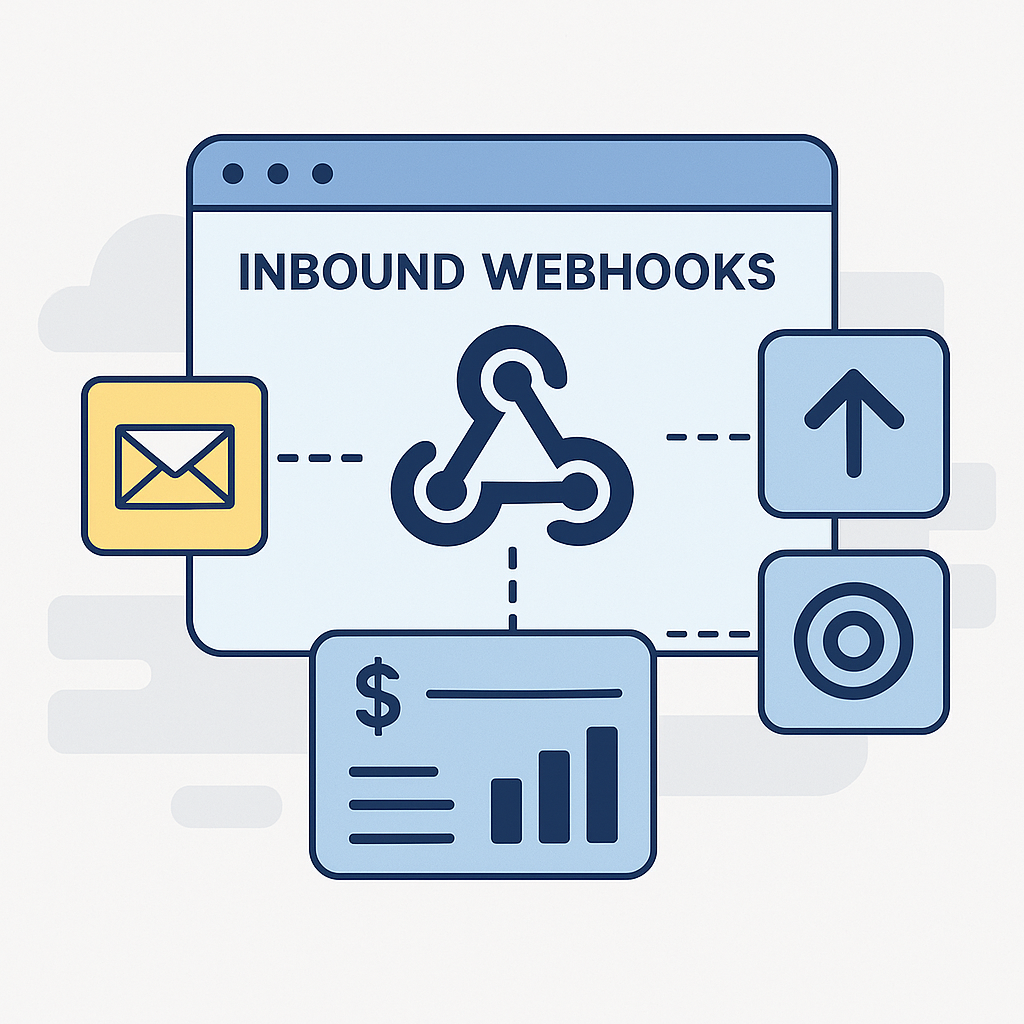







.png)






